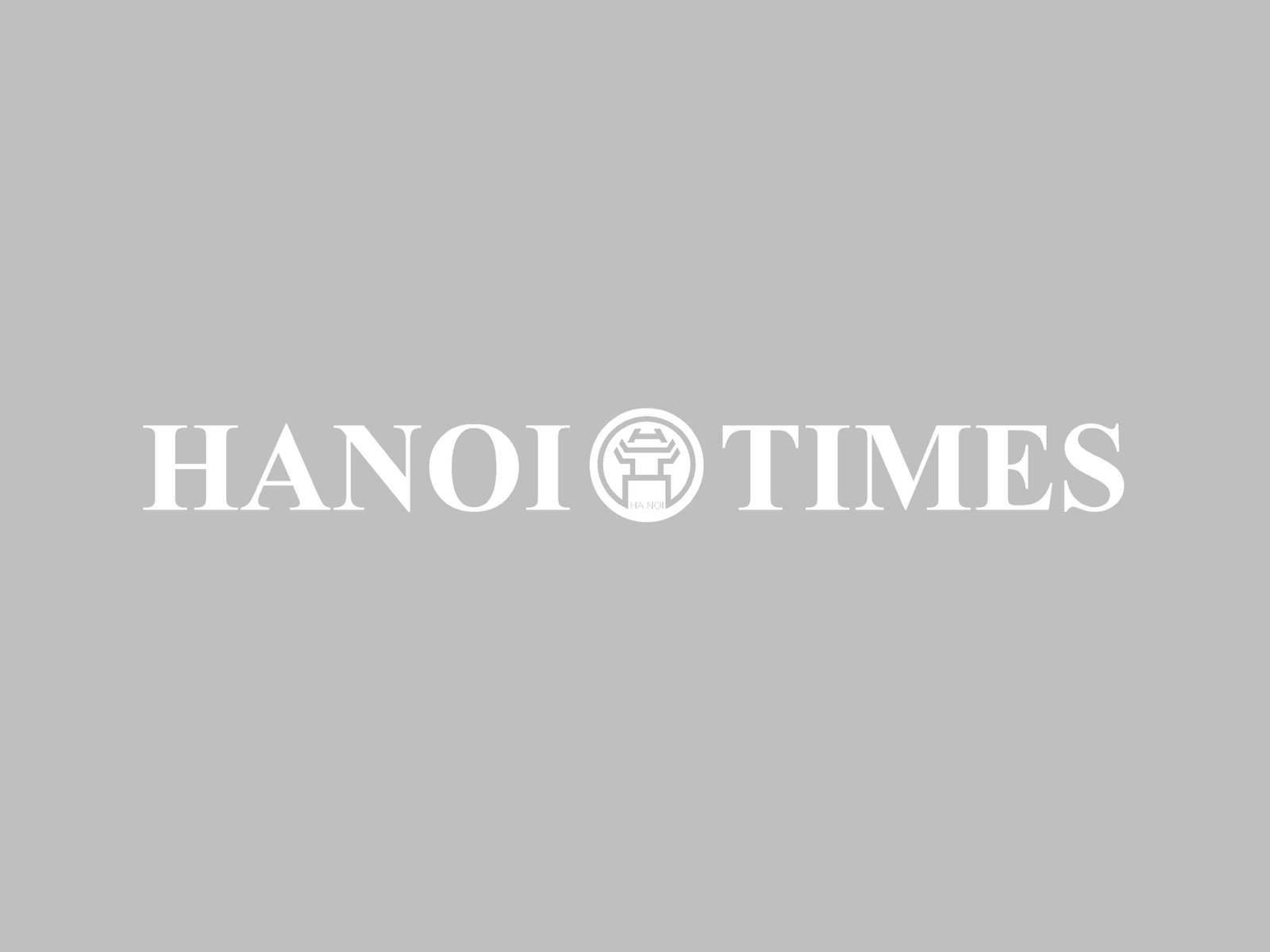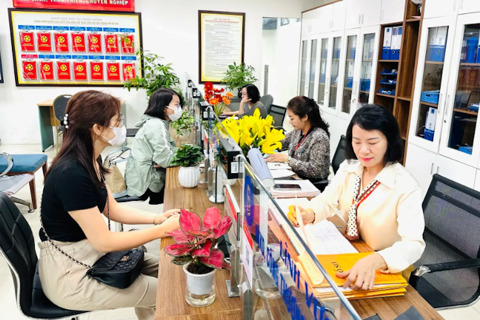Social Affairs
WHO to provide US$21 million for Vietnam’s healthcare development
Jan 13, 2018 / 12:59 PM
The program is aimed to support Vietnamese government in improving priorities in the healthcare system, at the same time to achieve national health goals.
The Prime Minister has approved the cooperation program with the World Health Organization (WHO) in fiscal year 2018 – 2019, which is financed by the WHO.
The long-term target of the program is to support the government dealing with priority issues of the healthcare system, while simultaneously implementing national health targets in period 2016 – 2020, with vision to 2030 and strategy to develop and expand healthcare network in period 2016 – 2025.
Targets of the program is to enhance institutional and human capabilities, health financing and health products, as well as to provide health services at an affordable price for households, increasing the rate of doctor available at medical stations.
At the same time, it is vital to improve capabilities in compliance with the International Health Regulations (IHR), for which the administrative authorities are prepared to respond to emergency health issues, while utilizing efficiently financial support from WHO to Vietnam in improving health for citizens.
Besides, there is urgent needs in reducing infection rate of HIV/AIDS, hepatitis, tuberculosis, and malaria, which has received much attention from the government.
The amount of non-refundable Official Development Assistance (ODA) for the program is projected at US$21 million, in which existing fund is US$11.9 million and mobilized fund of US$9.1 million, counter part fund from the government is VND6.5 billion (US$288.000).
Vietnam enshrined universal social health insurance (SHI) coverage in its 2013 Constitution and targets 95% coverage of universal social health insurance by 2025.
The National Health Strategy 2011–2020 also gives prominence to renovating primary care to achieve national health goals, and in 2016 the Prime Minister issued a master plan for developing the grassroots health system. As such, family medicine principles are being introduced to strengthen primary care, particularly at commune health stations (CHSs), to respond to rapid population aging and non-communicable diseases (NCDs).
The Ministry of Health (MOH) has a comprehensive human resource development plan for 2012–2020. Recent efforts have focused on strengthening pre-service training and developing competency-based curricula for doctors and nurses, as well as upgrading general doctors to family doctors and expanding the scope of their primary care responsibilities.
Viet Nam is considered one of 10 “fast-track countries” for national performance on the health-related MDGs, but it faces regional and ethnic disparities. The full immunization and skilled birth attendance rates are well over 90%; government investments have extended and upgraded the network of district and provincial hospitals; and existing CHSs cover 99% of administrative jurisdictions in the country.
Quality assurance systems have been set up in all hospitals; national protocols and guidelines have been developed for many medical conditions and are being applied in hospitals; and health professional education reform is shifting toward competency-based training, from undergraduate through to postgraduate levels.
Vietnam’s health spending continues to grow, but allocative and technical efficiency could be substantially improved to attain greater health improvements with existing funds. Between 1995 and 2014, total health expenditure increased steadily, from 5.2% to 7.1% of GDP. State budget spending on health rose from 7.9% to 14.2% of government spending over the same period.

Illustration photo.
|
Targets of the program is to enhance institutional and human capabilities, health financing and health products, as well as to provide health services at an affordable price for households, increasing the rate of doctor available at medical stations.
At the same time, it is vital to improve capabilities in compliance with the International Health Regulations (IHR), for which the administrative authorities are prepared to respond to emergency health issues, while utilizing efficiently financial support from WHO to Vietnam in improving health for citizens.
Besides, there is urgent needs in reducing infection rate of HIV/AIDS, hepatitis, tuberculosis, and malaria, which has received much attention from the government.
The amount of non-refundable Official Development Assistance (ODA) for the program is projected at US$21 million, in which existing fund is US$11.9 million and mobilized fund of US$9.1 million, counter part fund from the government is VND6.5 billion (US$288.000).
Vietnam enshrined universal social health insurance (SHI) coverage in its 2013 Constitution and targets 95% coverage of universal social health insurance by 2025.
The National Health Strategy 2011–2020 also gives prominence to renovating primary care to achieve national health goals, and in 2016 the Prime Minister issued a master plan for developing the grassroots health system. As such, family medicine principles are being introduced to strengthen primary care, particularly at commune health stations (CHSs), to respond to rapid population aging and non-communicable diseases (NCDs).
The Ministry of Health (MOH) has a comprehensive human resource development plan for 2012–2020. Recent efforts have focused on strengthening pre-service training and developing competency-based curricula for doctors and nurses, as well as upgrading general doctors to family doctors and expanding the scope of their primary care responsibilities.
Viet Nam is considered one of 10 “fast-track countries” for national performance on the health-related MDGs, but it faces regional and ethnic disparities. The full immunization and skilled birth attendance rates are well over 90%; government investments have extended and upgraded the network of district and provincial hospitals; and existing CHSs cover 99% of administrative jurisdictions in the country.
Quality assurance systems have been set up in all hospitals; national protocols and guidelines have been developed for many medical conditions and are being applied in hospitals; and health professional education reform is shifting toward competency-based training, from undergraduate through to postgraduate levels.
Vietnam’s health spending continues to grow, but allocative and technical efficiency could be substantially improved to attain greater health improvements with existing funds. Between 1995 and 2014, total health expenditure increased steadily, from 5.2% to 7.1% of GDP. State budget spending on health rose from 7.9% to 14.2% of government spending over the same period.








